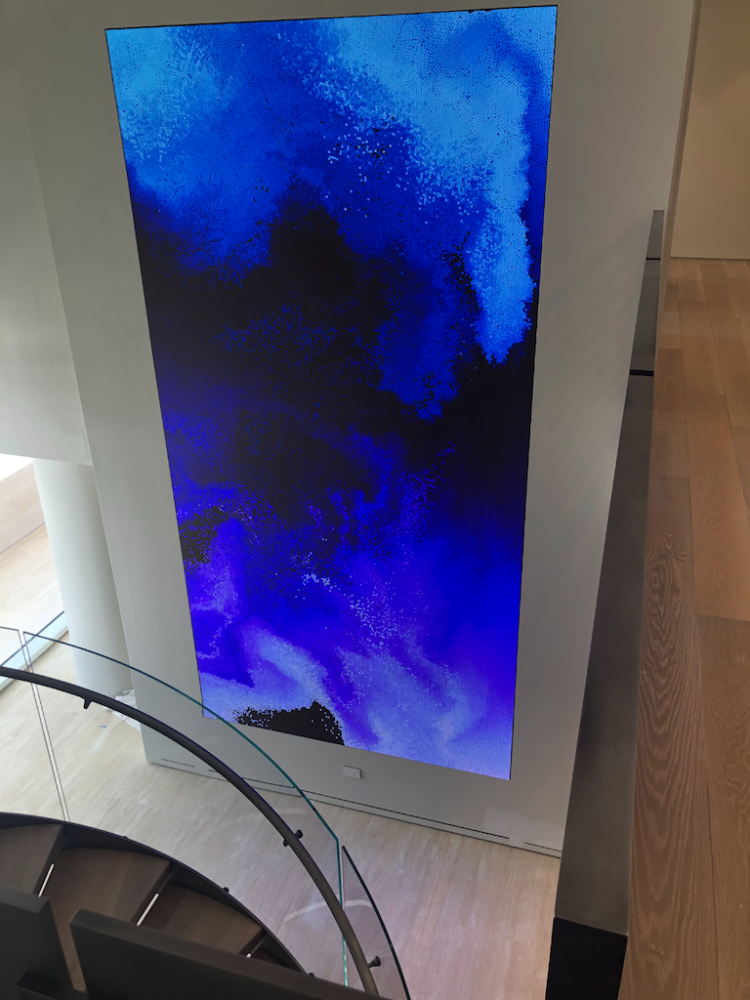What traders need to know about the NFT Boom

NFT (Non-Fungible Token) is a relatively young technology which in the last year has shown its potential, value, appeal and persistence. The size of the NFT market exploded in 2021. The strong upward trajectory that began this winter reached $10.7 billion in Q3, compared to $28 million in Q3 2020, and shows no signs of slowing down. This growth is not only driven by ballooning prices; most NFTs actually cost less than a thousand dollars. The community of NFT buyers is growing – and with it, opportunities for technology traders.
NFTs have no physical form – how do they represent an opportunity for hardware retailers? It all comes down to how NFTs are used, and how these use cases in turn change customer behavior and shape future needs. Looking at the last year’s exponential growth and digging into the categories driving it, we can make some pretty reliable predictions about how NFTs will drive future hardware requirements. Retailers should learn all they can about this market now to serve these upcoming demands.
Basics of NFT
First, let’s establish the basics of what an NFT actually is: a blockchain-based digital token. Blockchain technology is one of the most secure forms of digital ownership – a public ledger of transactions that is virtually immune to hacking or alteration. Currently, most NFTs are based on the Ethereum (ETH) cryptocurrency blockchain, although other cryptocurrencies are beginning to develop NFT support as well; this is why you often see the prices of NFTs listed in ETH.
Unlike fungible cryptocurrencies like Ethereum or Bitcoin, an NFT is tied to something unique, such as a piece of art, a collectible icon, or a video. Fungible items can be exchanged such as: If I exchange Bitcoin for your Bitcoin, we both still have a Bitcoin. If I trade my CryptoPunk NFT for your Bored Ape Yacht Club NFT, we both end up with something fundamentally different than we started with. That’s what “non-fungible” means.

Because an NFT can be attached to virtually any type of digital file, they have always been fertile ground for experimentation. NFTs have been used to trade sports clips, tweets and New York Times articles. They have given access to new TV series. Sony and AMC released them to pre-purchase tickets for the latest Spider-Man movie. All this variation can make it seem like the NFT market is too hard to figure out – too much in flux – to plan around. Don’t get distracted by pushing boundaries in the margins. The core of the NFT market is and will continue to be visual art, both in the form of collectibles (such as the aforementioned Bored Apes and CryptoPunks) and in the form of art. Combined, art and collectibles account for nearly 85% of recent NFT transactions. This is the use case retailers should think about when they want to deliver solutions to NFT owners.
New hardware requirements for NFTs
When someone buys an NFT, it is stored in a digital wallet, such as Metamask. And so what? Many NFTs are status symbols online—owners like Jay-Z use them as profile pictures on social media, and they serve as de facto access cards to exclusive communities of owners on platforms like Discord. But when a customer has made an (often significant) investment in a unique piece of visual art, it’s only natural to want to display and enjoy their prize with friends and family in real life as well as online. They need technology solutions to bring their NFT collections out of the cloud and into their home.
In practice, this means that they need:
- Digital art management software which is able to integrate with a digital wallet, import all media files associated with the customer’s NFTs while the NFTs themselves remain in the wallet.
- A screen – this can be an existing screen in the customer’s home, used for multiple purposes, or it can be a dedicated screen solely for use as a digital art canvas.
- A way to control their NFT collection, create playlists and choose which works will be shown, when and where.
- If they want to display their NFTs in more than one place at the same time, they need to integrate one as well art server into their video distribution system.
All of this may sound complicated, but it doesn’t have to be. Custom-built digital art screens are available from a growing number of manufacturers, and many smart TVs are compatible with digital art apps. However, be aware: not all digital art software can integrate with a digital wallet or support the management of NFTs. When recommending solutions for displaying NFTs, make sure these unique resources are supported end-to-end.

Beyond Crypto: Expect Sustained Demand for Digital Art
For many individual collectors, buying an NFT was the first time they considered buying digital art. The experience has opened their minds: through NFTs, people are beginning to understand the wider possibilities of displaying and enjoying digital art in their own homes.
“The NFTs created a budget for digital art,” says Jess Conatser, contributing curator of Blackdove. “Now people understand that this kind of artwork—which they once saw as something you might only see as a public installation or in an immersive gallery or museum—is available for ownership and collection.”
This is new behavior for homeowners and art lovers, and it will have a lasting impact on the way art is created, sold and enjoyed. Just as the digital revolution permanently changed the music industry, even as early sharing sites like Napster and Bearshare fell by the wayside, this shift in perception of digital art will outlast the current wildfire interest in NFTs themselves.
“Now that the value of digital art is established in the market, this value does not have to remain tied to NFTs as a sales mechanism,” says Conatser. “NFTs have opened people’s eyes to the value of digital art, but not everything needs to be an NFT to have value. Open editions and limited additions of digital works have their own value.”
NFTs and the future of digital art
NFTs are revolutionizing the art world. More people are collecting than ever before. More people are incorporating digital art into their homes and lives. The NFTs marketplace is extremely strong right now, but the broader digital art marketplace continues to evolve. For retailers, this means that being future-ready requires them to look for flexible technologies. You need solutions that can manage and display all types of media content, including NFTs.
You also need a way to stay in touch with the art market as it evolves so you can anticipate collectors’ needs. If you’re not personally passionate about art, look for a technology partner who is. In my own company, Blackdove, we offer not only technology services, but art consulting and curation services. There will undeniably be an ongoing market for digital art, and an ongoing need to track ownership of digital art as time goes on. Make sure you have the partners, expertise and technologies lined up to serve this valuable and growing category.


